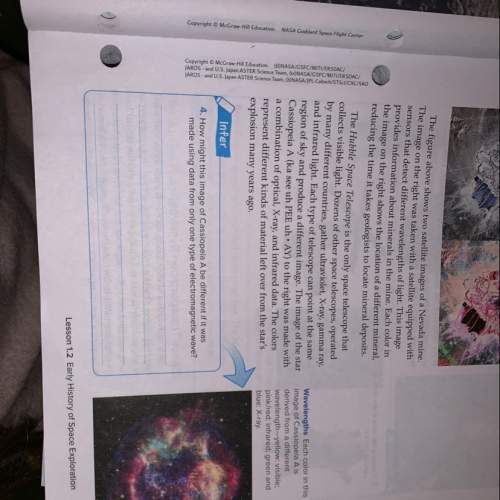
Mathematics, 03.06.2021 01:30 youngsunc02
Which of the following represents the translation of A(1,−2) along the vector <−3, 2> and then the vector <0, −4>?
A (1, −2) → A ′(−2, 0) → A ″(−2, −4)
A (1, −2) → A ′(−2, 0) → A ″(−6, 0)
A (1, −2) → A ′(−3, −4) → A ″(0, −16)
A (1, −2) → A ′(3, −5) → A ″(3, −9)

Answers: 2
Another question on Mathematics

Mathematics, 21.06.2019 14:40
The height of a triangle is 4 in. greater than twice its base. the area of the triangle is no more than 168 in.^2. which inequalitycan be used to find the possible lengths, x, of the base of the triangle?
Answers: 1

Mathematics, 21.06.2019 17:30
Which of the following is true for the relation f(x)=2x^2+1
Answers: 1


Mathematics, 21.06.2019 19:20
Find the area of an equilateral triangle with a side of 6 inches
Answers: 2
You know the right answer?
Which of the following represents the translation of A(1,−2) along the vector <−3, 2> and then...
Questions

Mathematics, 07.10.2019 08:02

Mathematics, 07.10.2019 08:02


Biology, 07.10.2019 08:02


Medicine, 07.10.2019 08:02


Biology, 07.10.2019 08:02

History, 07.10.2019 08:02

Arts, 07.10.2019 08:02



Mathematics, 07.10.2019 08:02

World Languages, 07.10.2019 08:02

Mathematics, 07.10.2019 08:02

History, 07.10.2019 08:02



Mathematics, 07.10.2019 08:02





